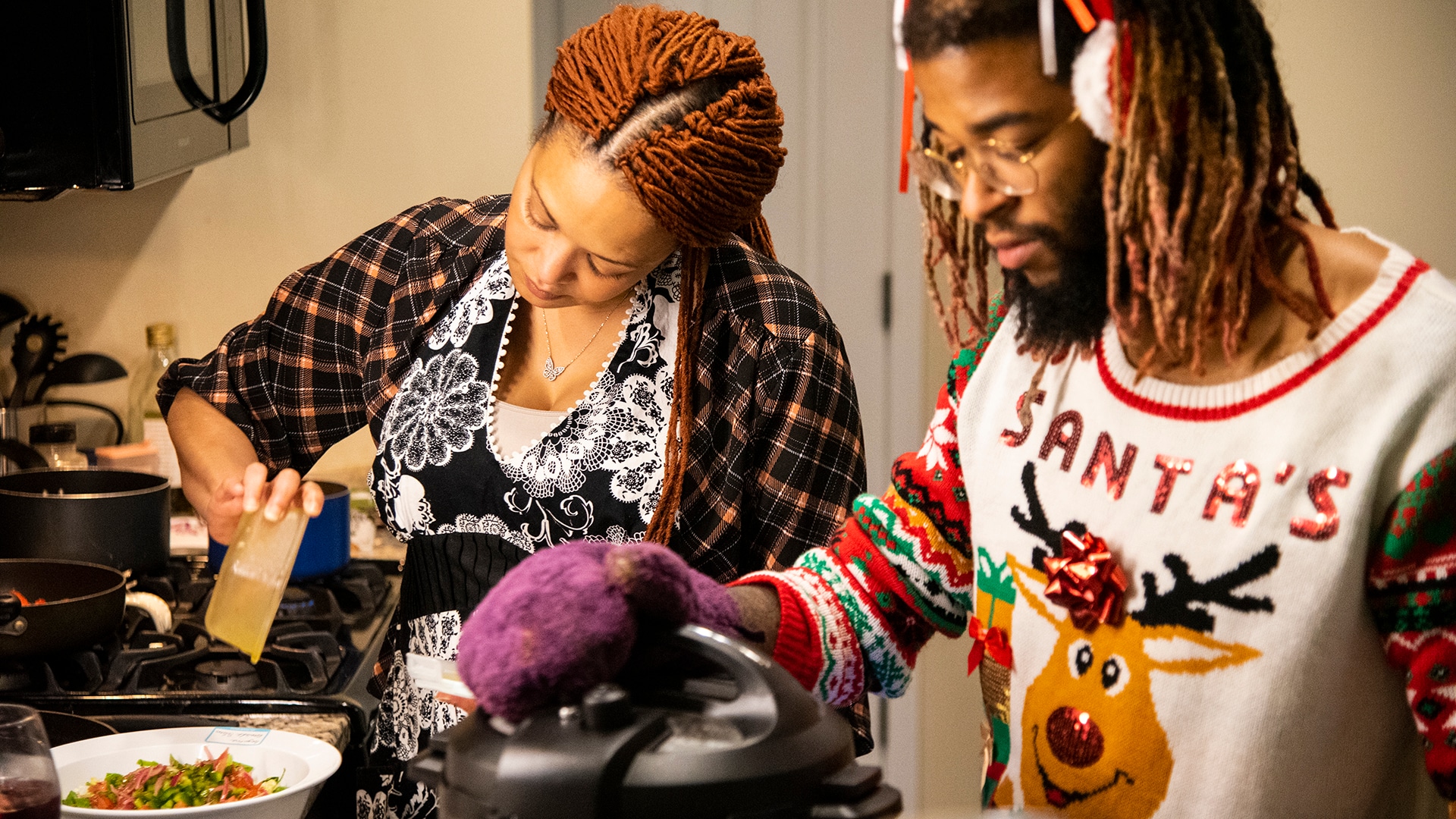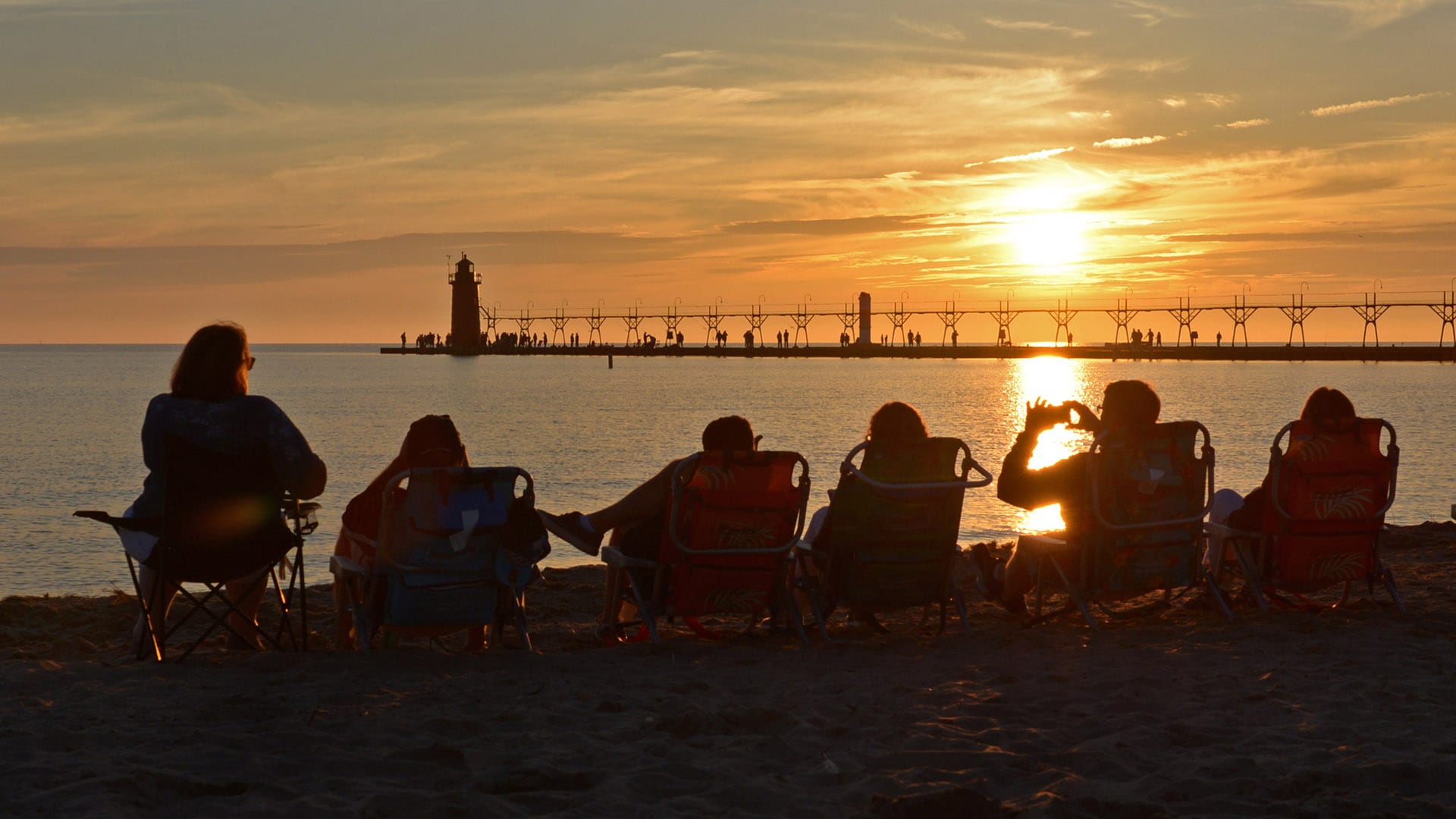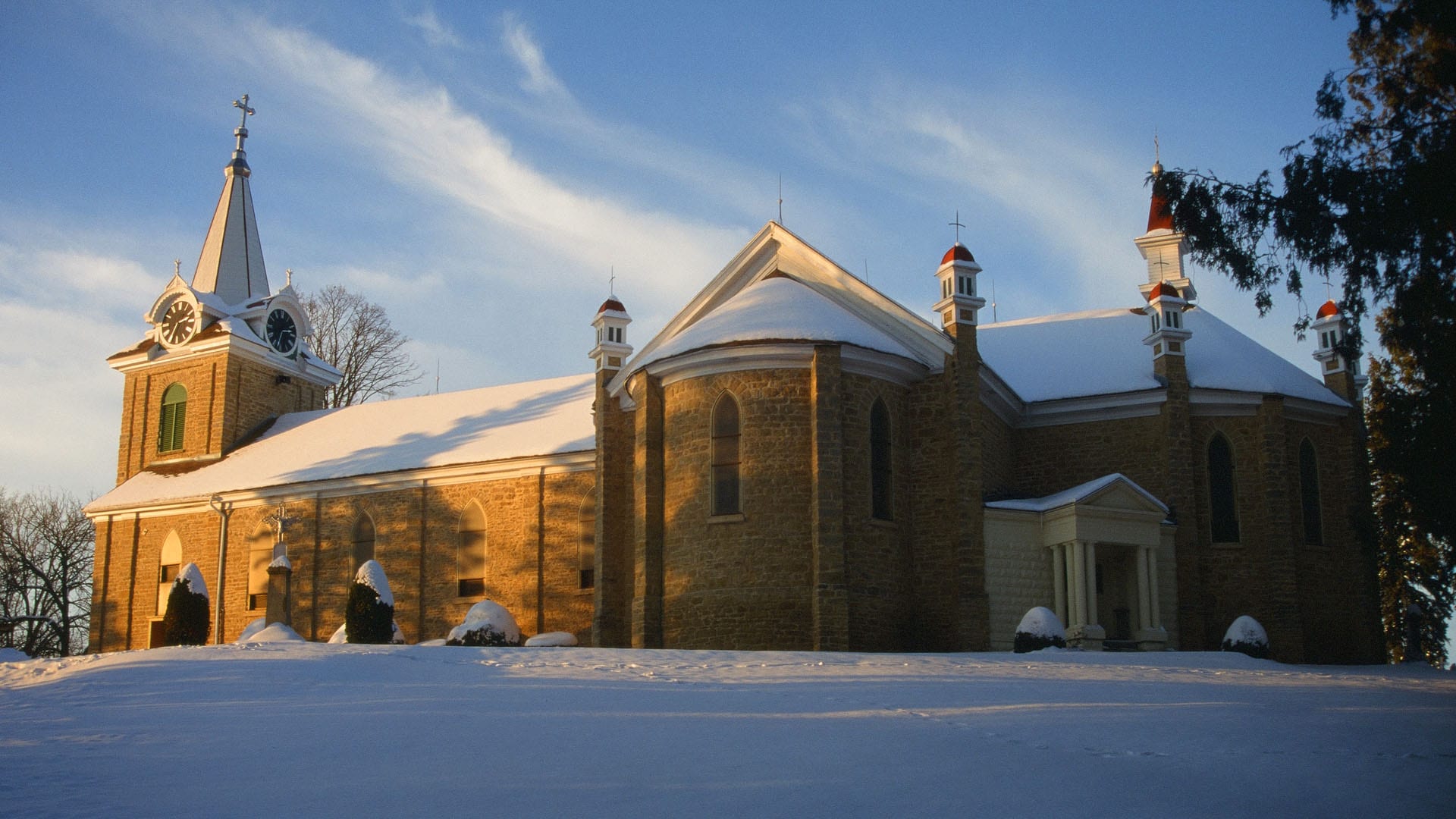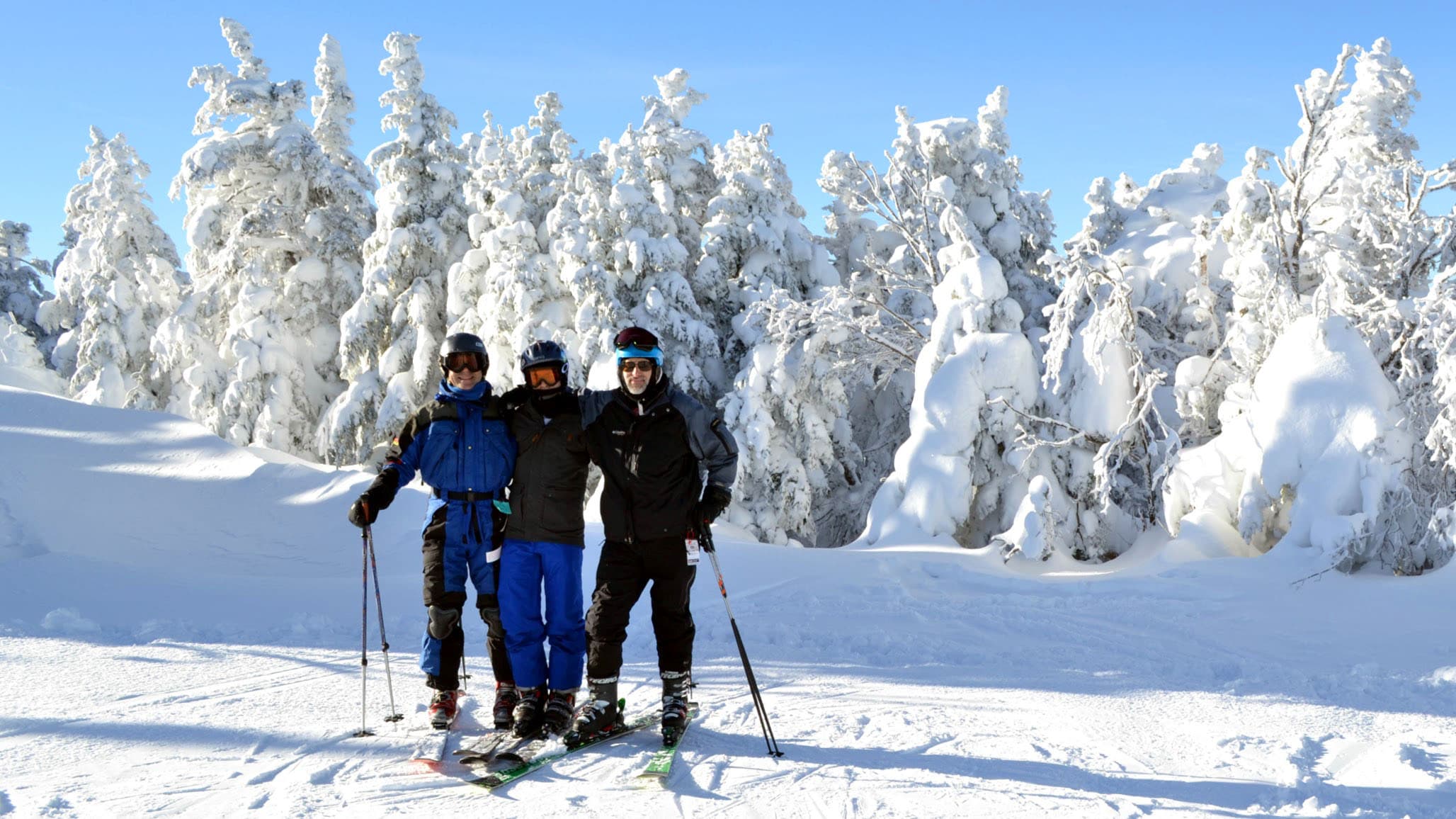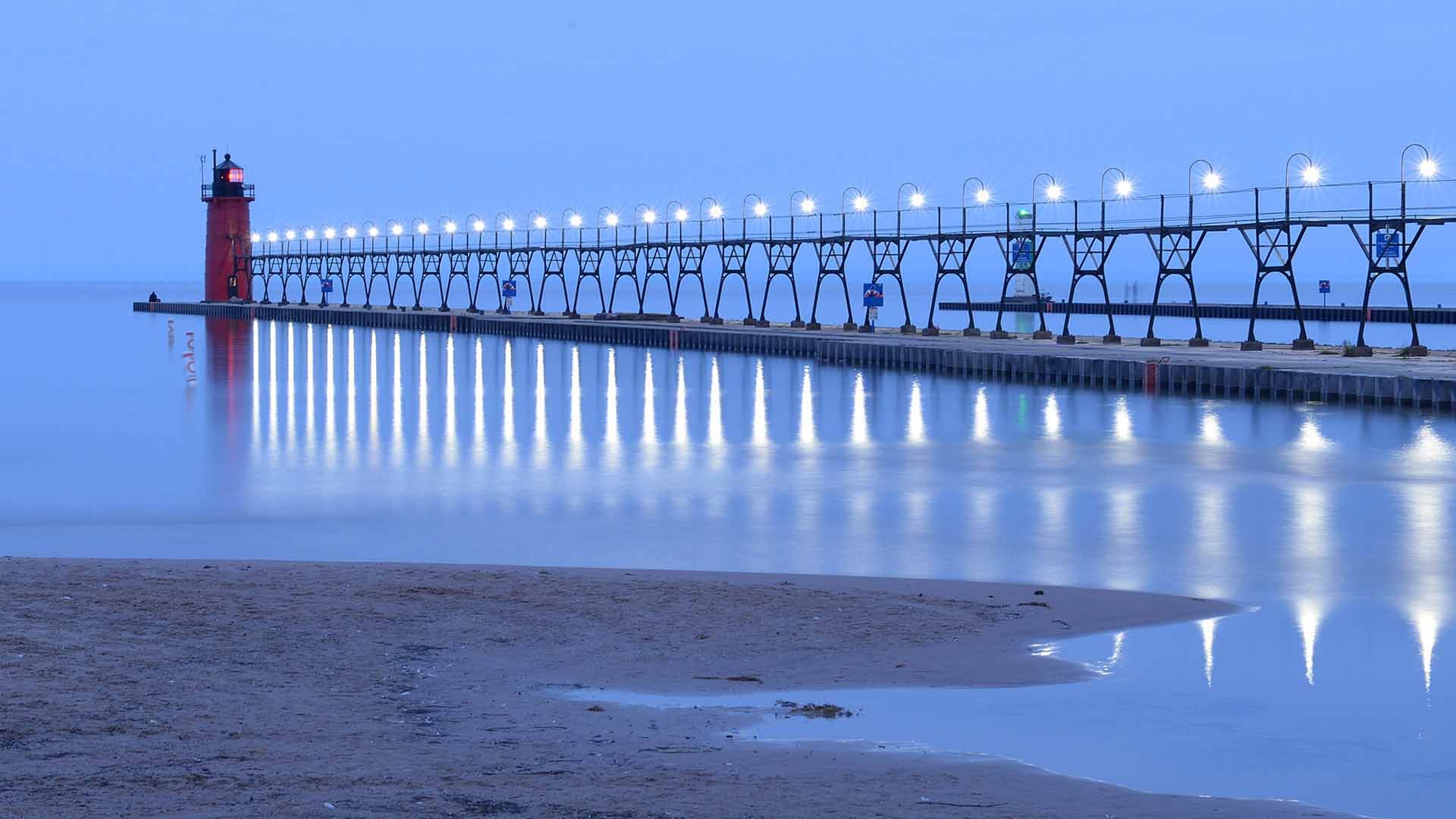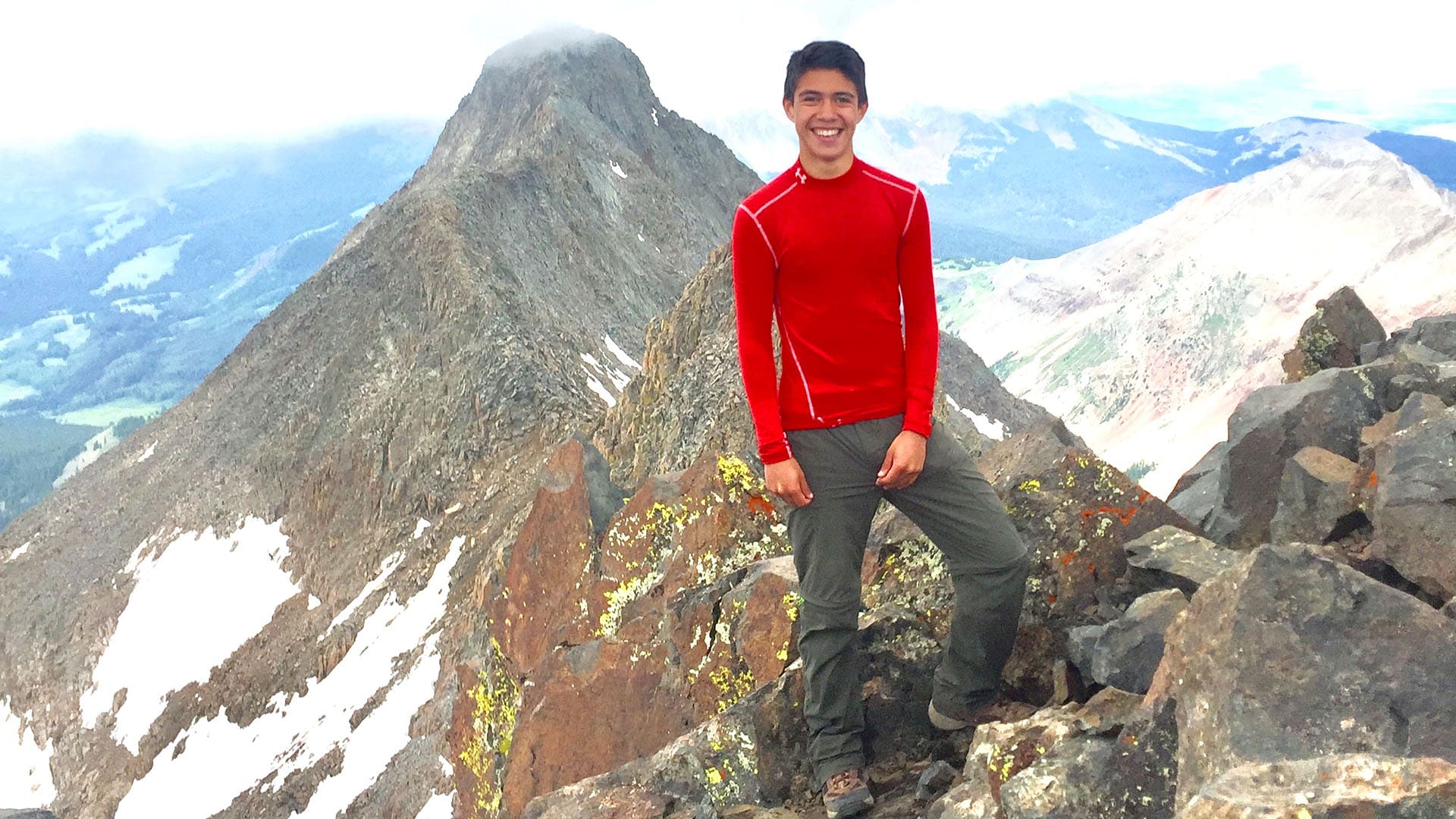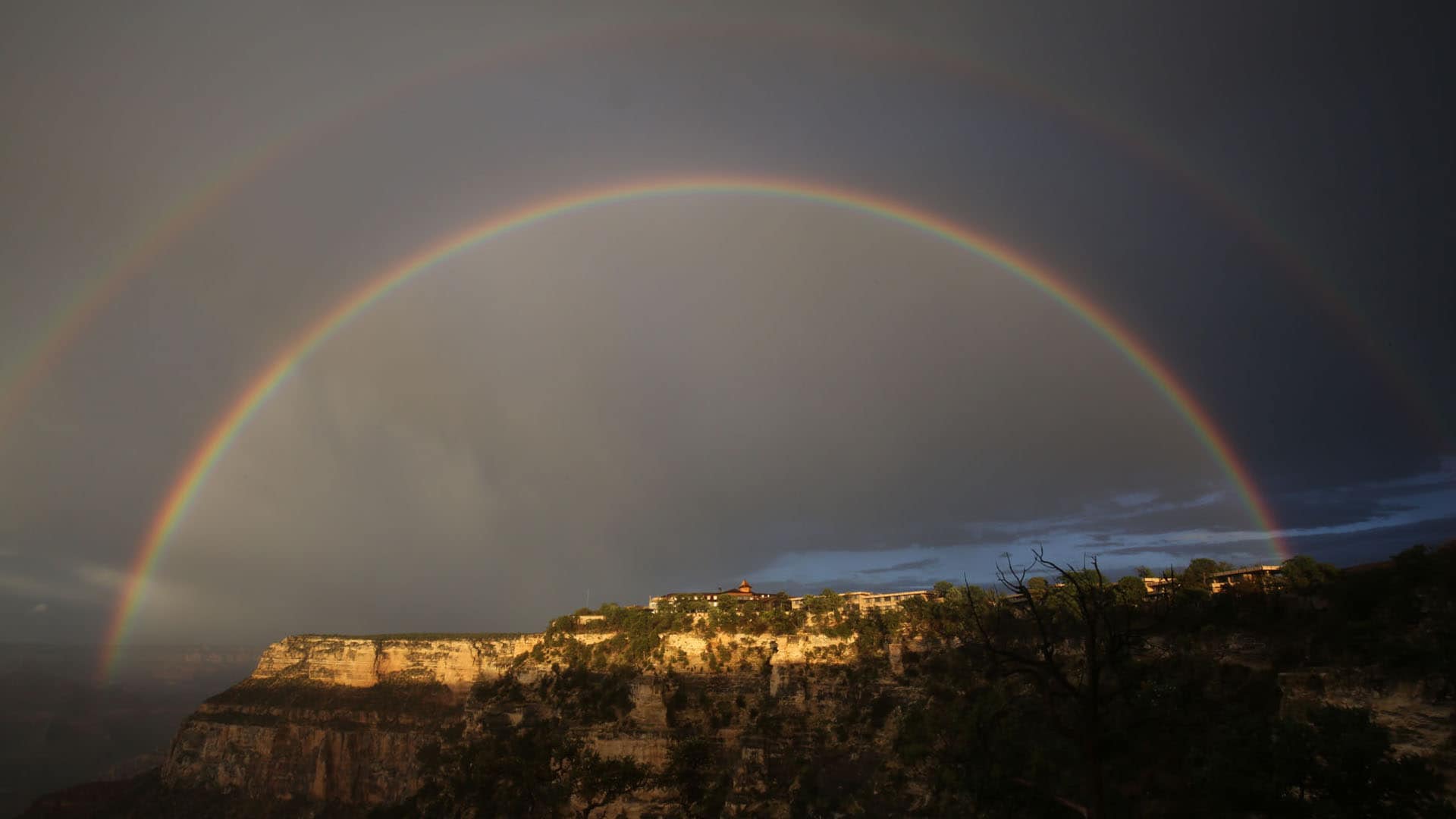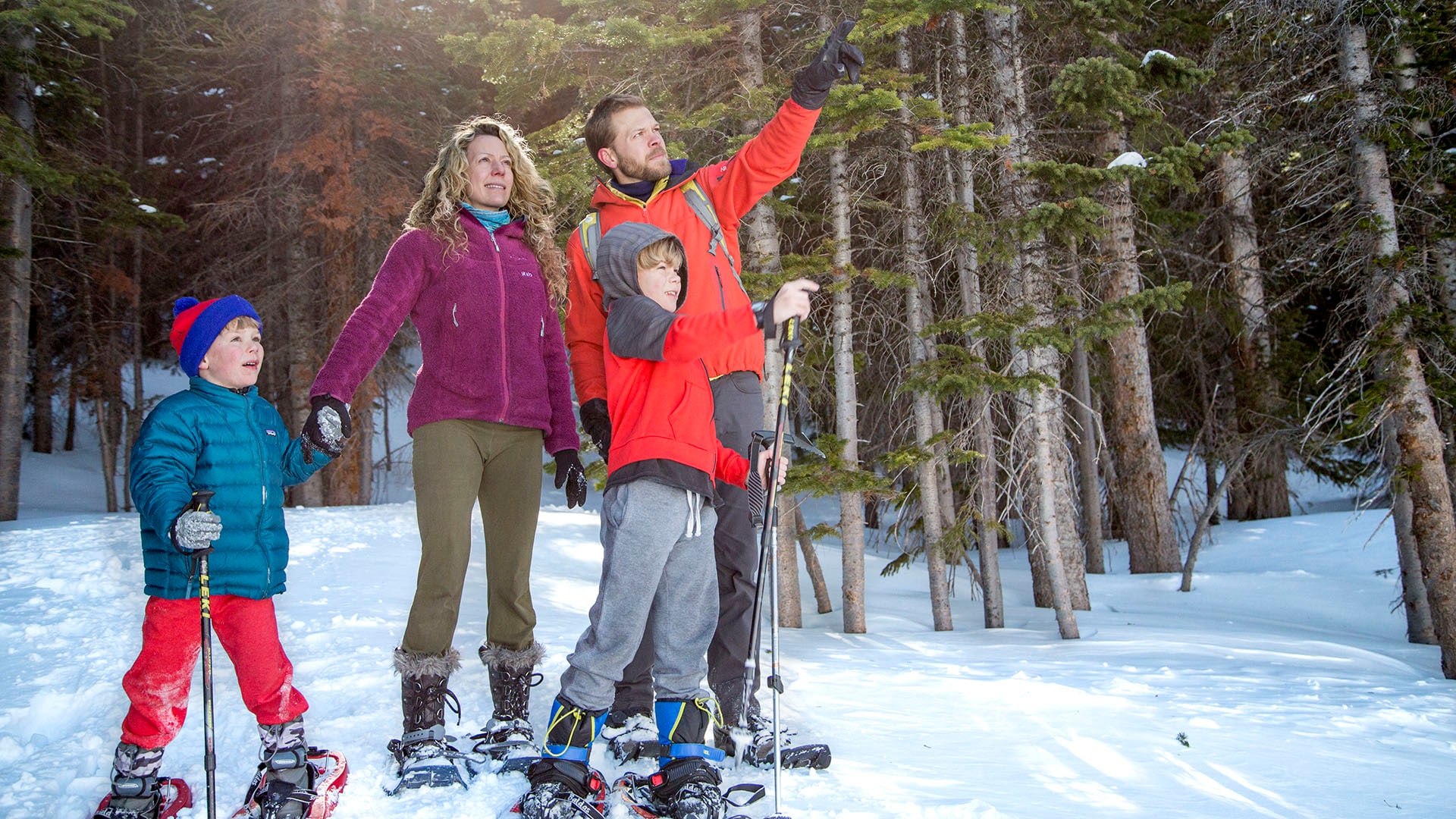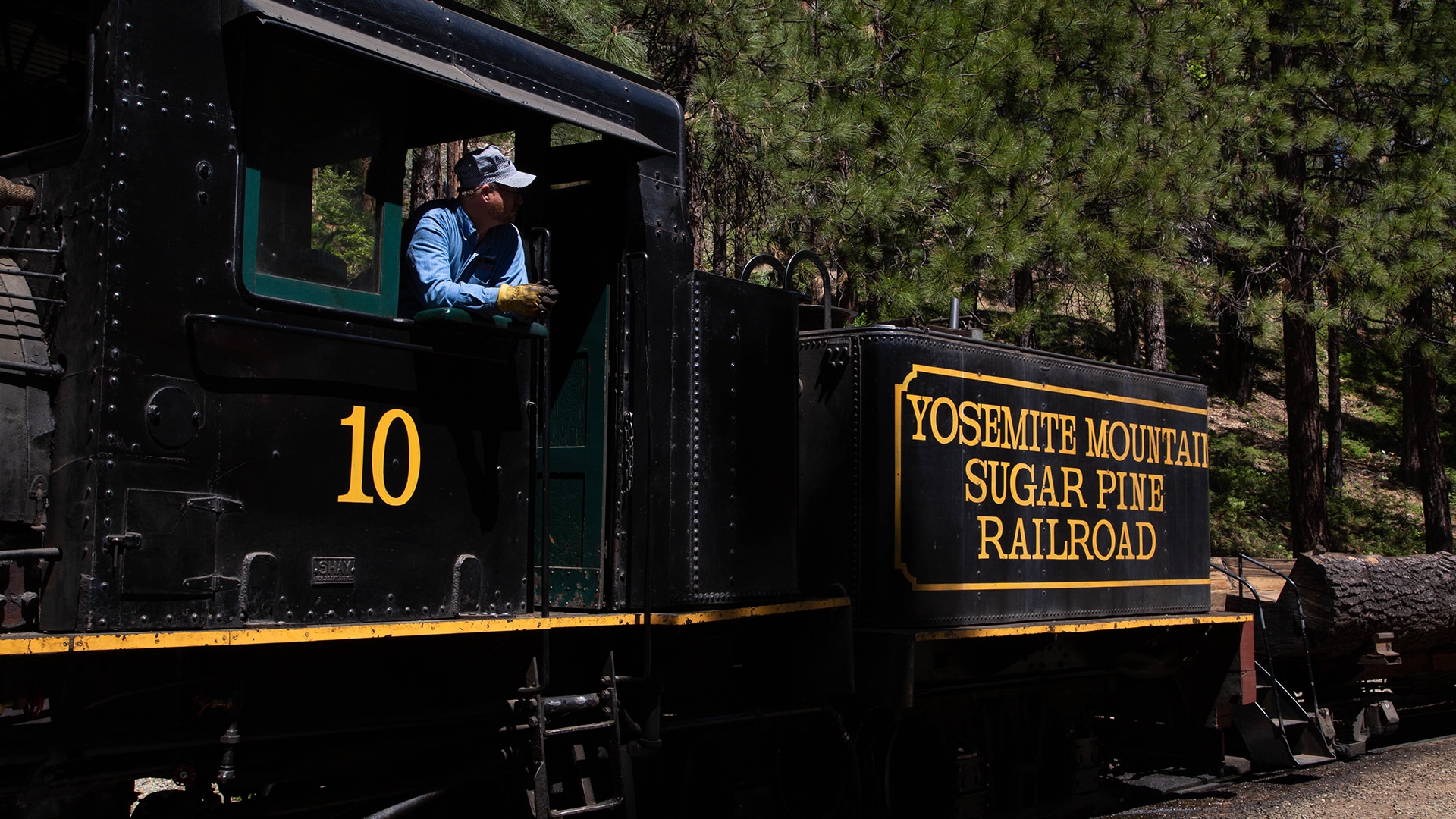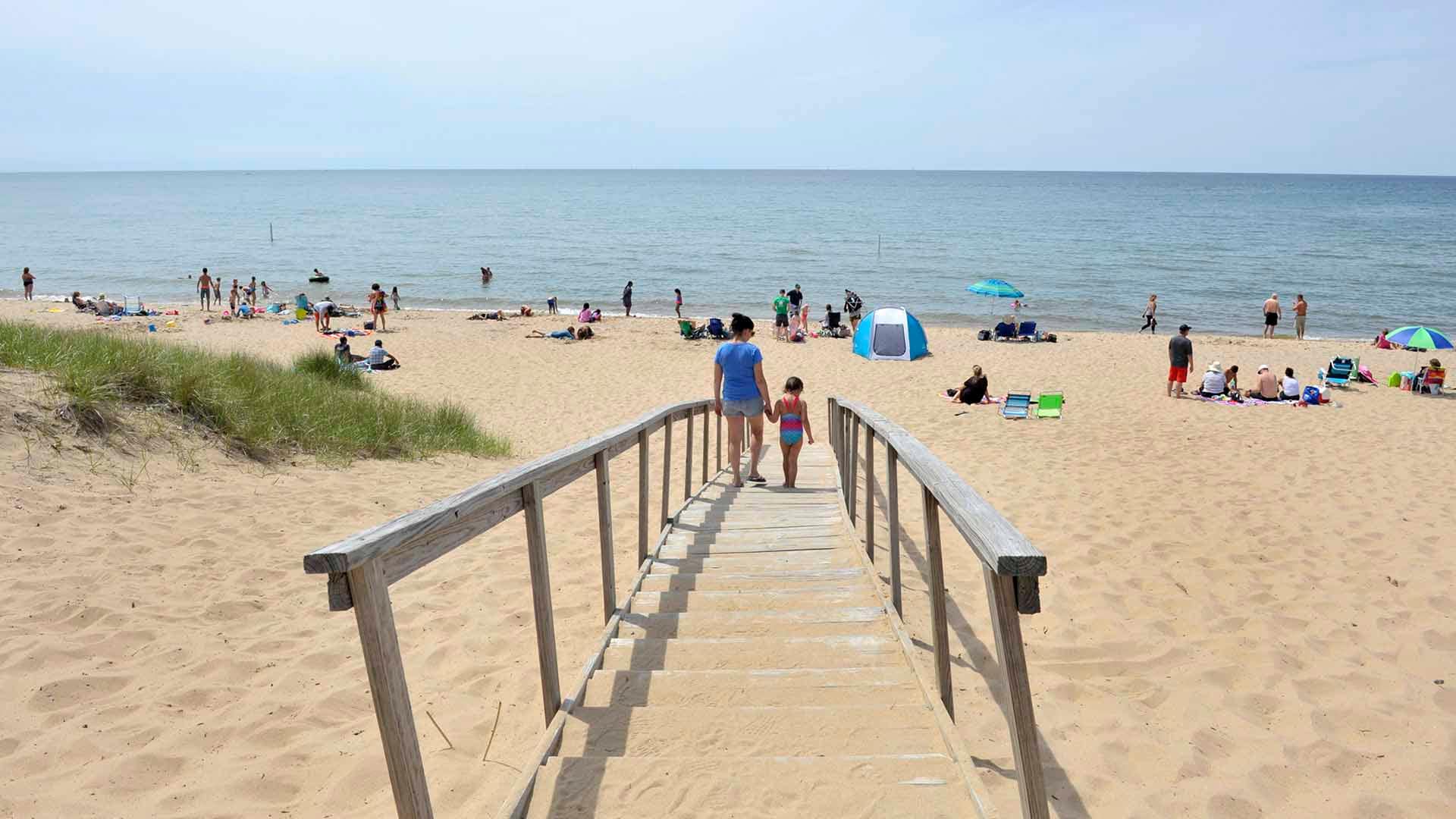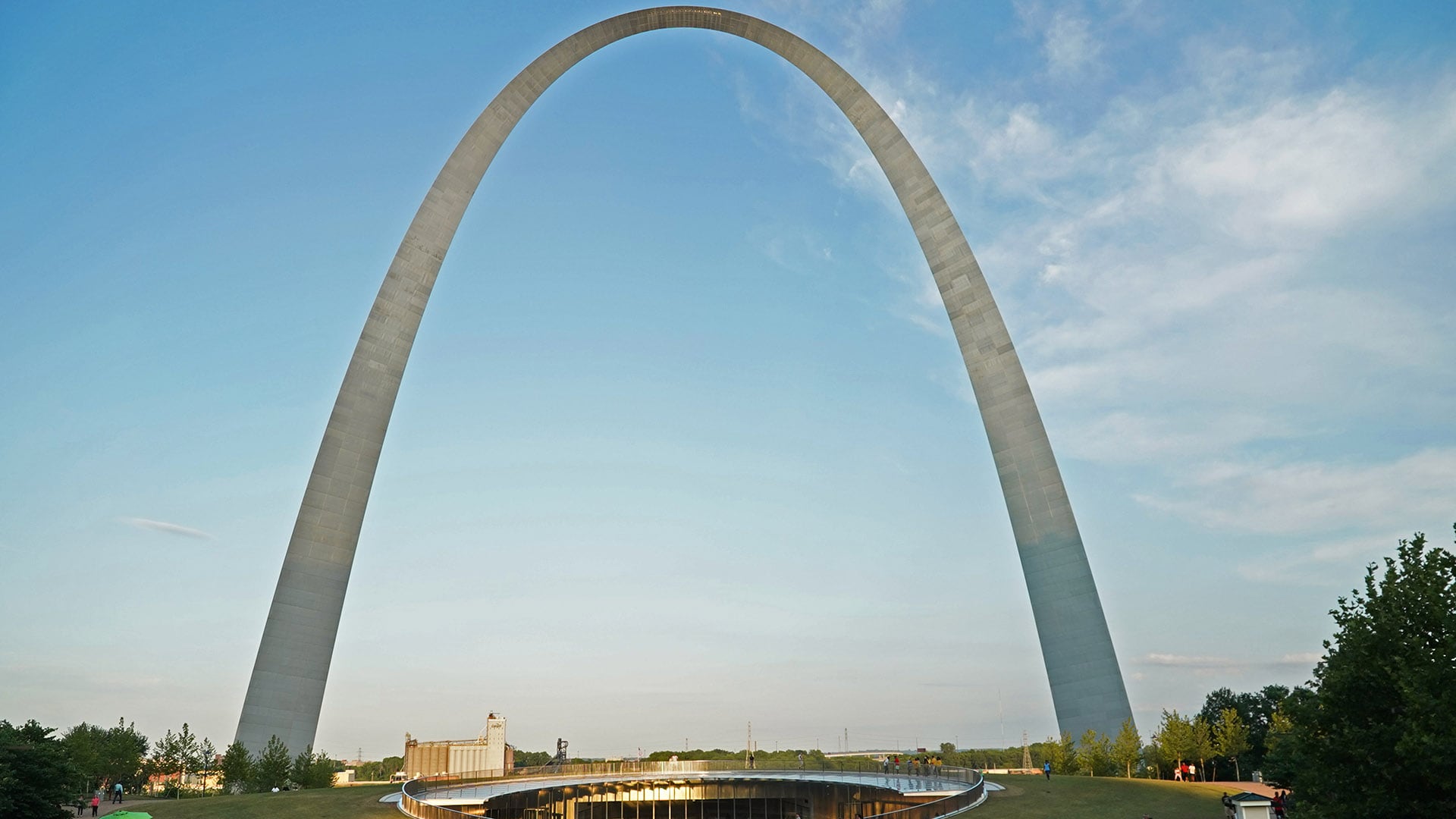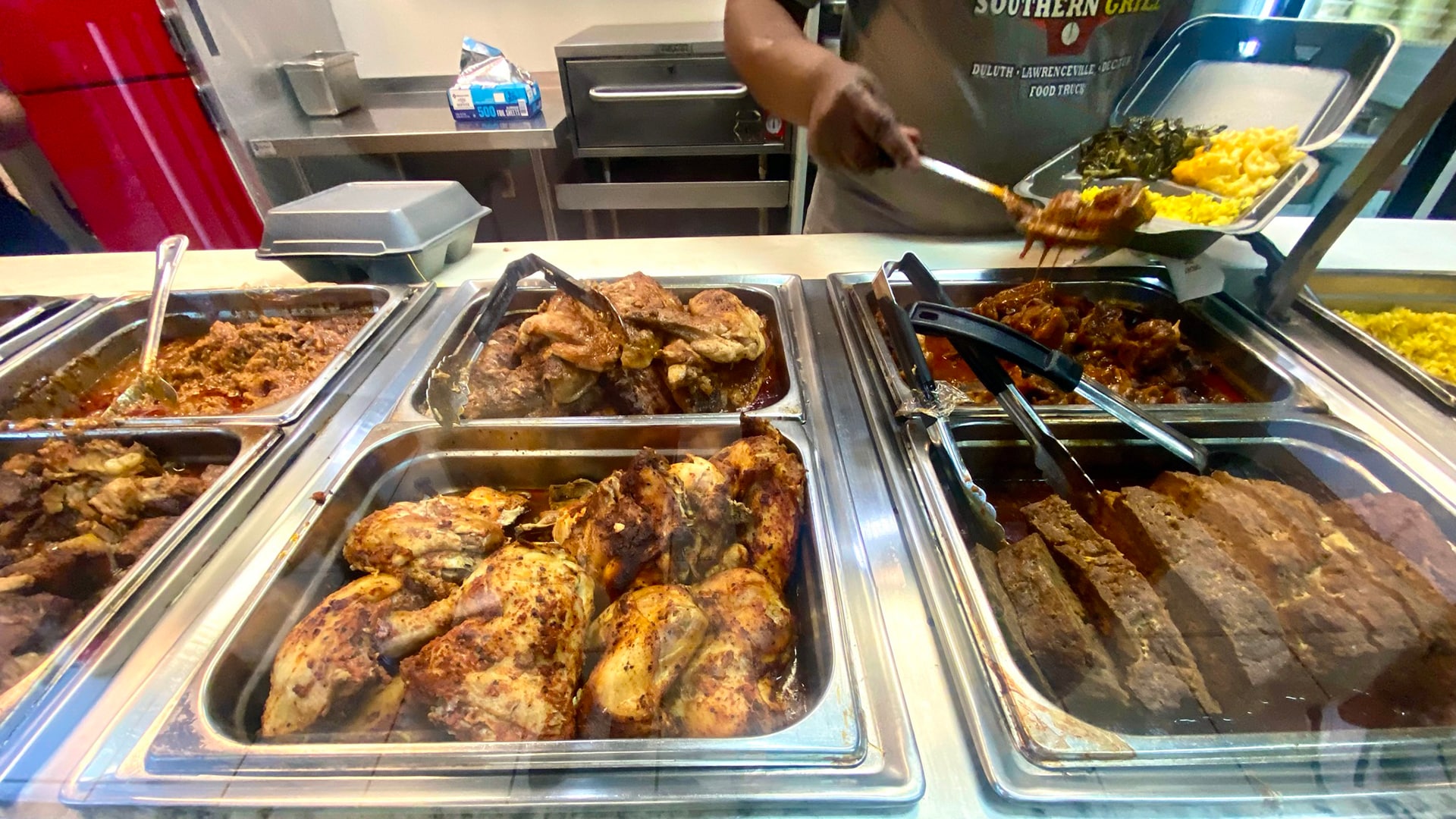Type Two Fun: Learning to Mountaineer on the Wapta Icefield
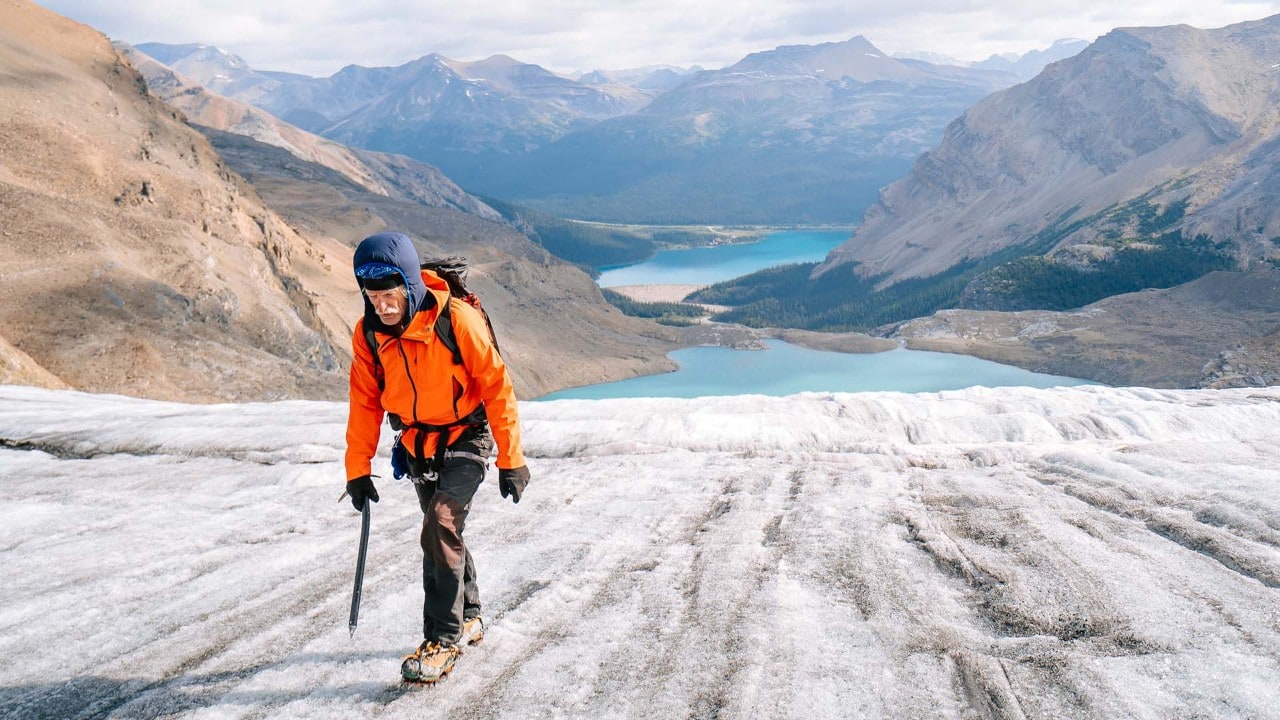
Guide Dave McCashin walks on a glacier overlooking Iceberg Lake.
Story and photos by Emma Skye
Emma is a travel photographer based in Vancouver, Canada.
A look into the reasons we explore, and what drives us to stand on summits.
There’s a photo of my family hiking when I was 2. My parents are beaming, and I’m strapped into a baby carrier on my dad’s back, looking even more miserable than our cat would in similar circumstances. After being released from that carrier, my stubborn 2-year-old self swore off camping and hiking for life, a decision that took me 20 years to reverse. Finally, after a summer hiking in New Zealand’s Southern Alps, I realized — as many of us do eventually — that my parents had been right all along.
And so began my love affair with mountains and Type Two Fun.
Type Two Fun is the kind that becomes fun only in hindsight, like CrossFit — varied and often grueling workouts that I still enjoy more for the pile of food I get to eat afterward than the workout itself. For most people, mountaineering also falls into this category.
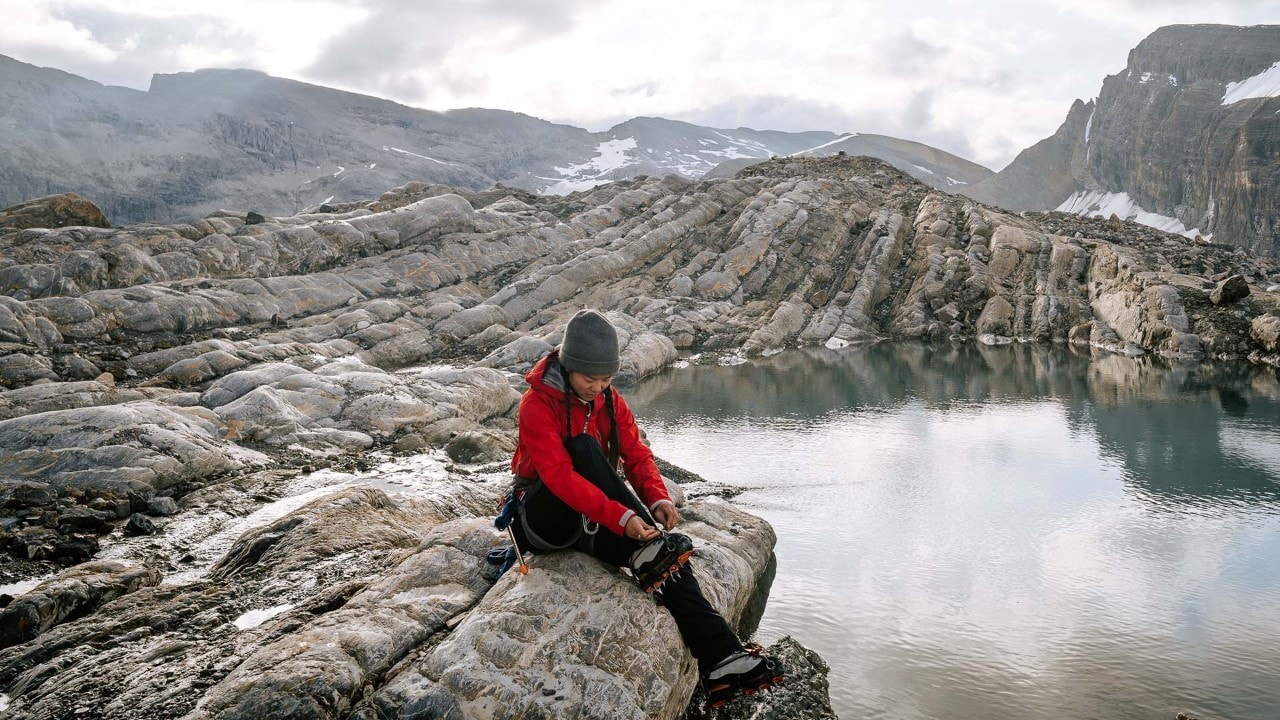
The author inspects her crampon bindings on her boots.
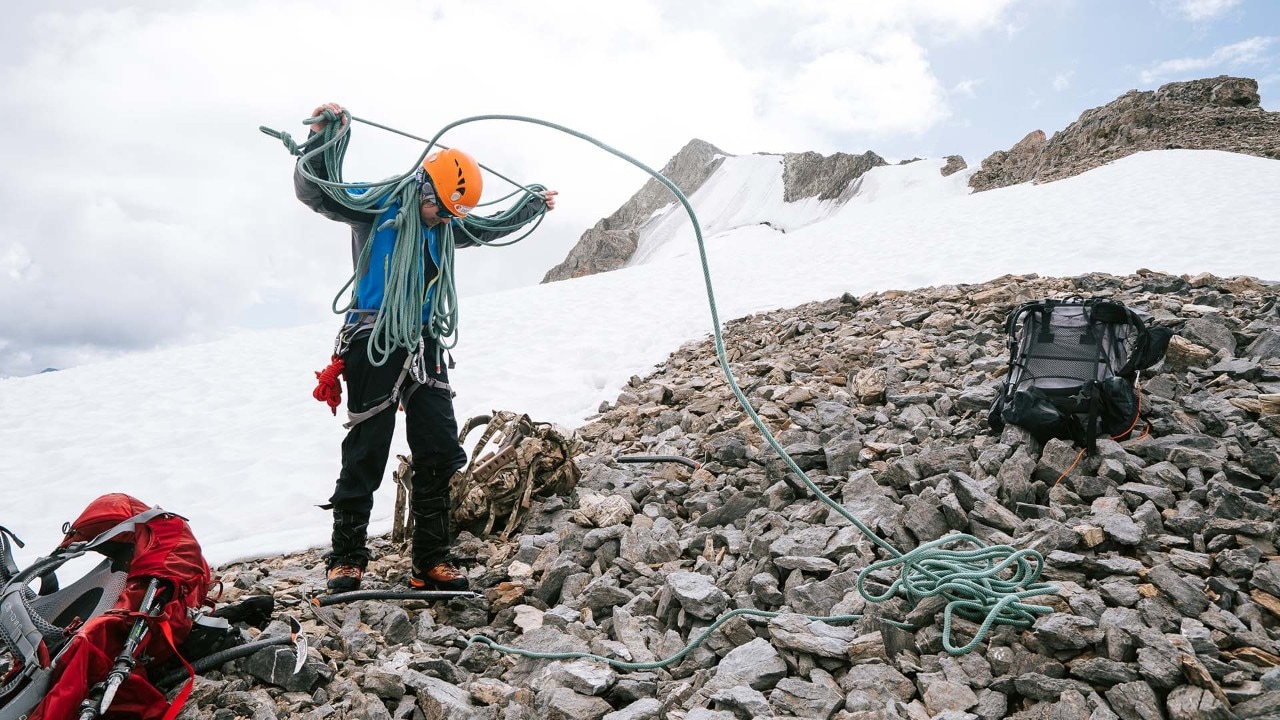
Caro, a mountaineering student, coils rope before storing it in her backpack.
After nearly dying on an icy slope in France early in 2019, I concluded that relying on luck, especially luck without an ice ax, was not a good survival tactic. At a concerned friend’s suggestion, I signed up for a week-long introductory mountaineering course with Yamnuska Mountain Adventures near Banff National Park in the Canadian Rocky Mountains.
Yamnuska operates in Canmore, Alberta, a 600-mile drive from my home in Victoria, British Columbia. At my speed, this means spending well over 12 hours behind the wheel. When I finally walk into Yamnuska’s office to join the other five participants, my legs are cramped and I’m still half asleep. It feels like the first day of school — only instead of textbooks, we are toting sleeping bags, rain gear and food. Fortunately, the four-hour hike up to Bow Hut — our home for the week — removes the jitters. Watching us laugh that evening, Dave, our guide, shakes his head and says, “You guys are like most groups on night five.”
As Dave literally begins showing us the ropes, one student, Tom, eyes them warily. “I’m bad at knots,” he explains. Dave reassures him, saying, “You can’t be as bad as this one guy,” and launches into a story about a past student. That’s how all our evenings go. Once dinner is over, Dave alternates between teaching and storytelling, filling us in on others’ successes and challenges.
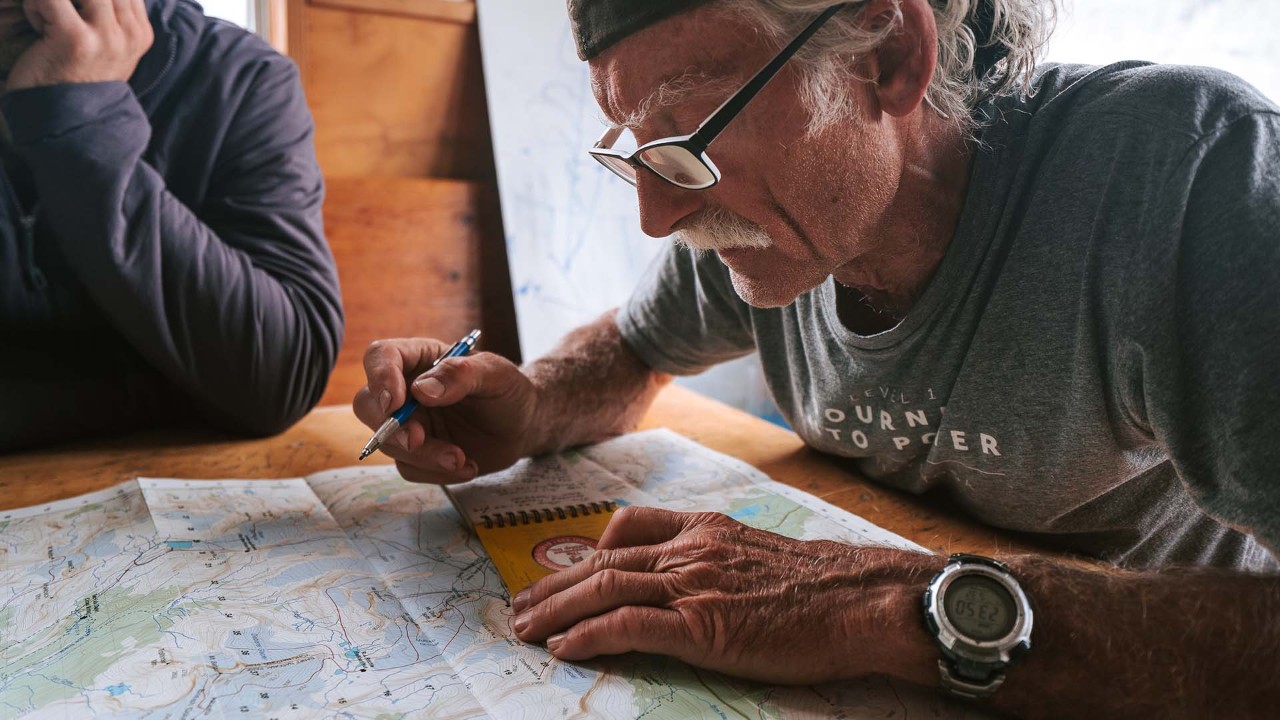
Dave teaches the group how to navigate with paper maps.
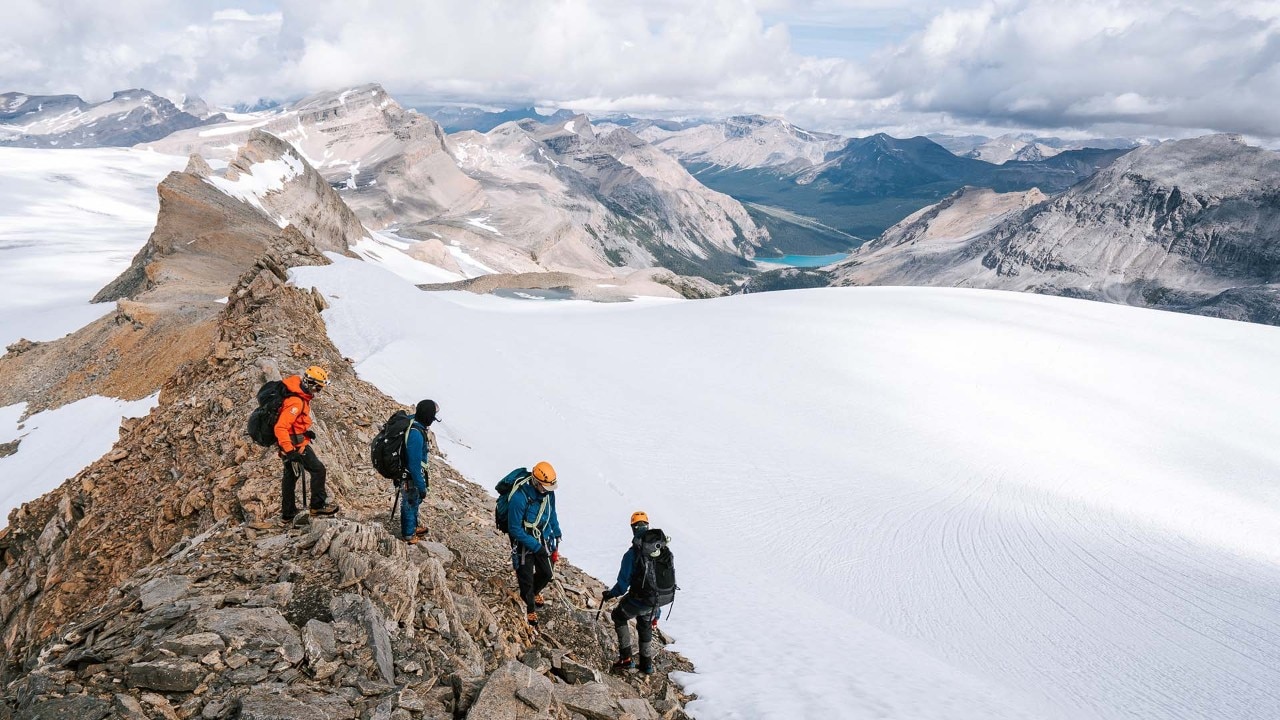
Jeremy leads students on the descent from Mount Olive.
Surviving the Mountains
Each day after breakfast, we venture out onto the Wapta Icefield — a glaciated area that covers roughly 30 square miles of the Continental Divide. Most days, the snow and clouds blend into a seamless canvas, while above us St. Nicholas Peak looms like a giant shale shark fin. Under Dave’s watchful eye, we learn the basics of mountaineering. We discover that walking on glaciers while roped up together is a lot like being in kindergarten, and spend hours building anchors to pull one another out of crevasses.
Dave fields questions with patient exasperation, corrects us when we repeatedly put our crampons on backward, and entertains us with stories of past students’ misadventures, including one about a man who somehow forgot his pack and everything in it up on the mountain.
For the most part, everything is Type One Fun — enjoyable while it’s happening. Living together 24/7, we get to know one another at a level usually reserved for one’s significant other. We share stories, high-five when we summit Mount Olive, and eat some of the best camp food I’ve ever had. But on the fourth day, when the rain batters us with enough force to make me realize that my beloved rain jacket is no longer waterproof, I begin to question why we’re doing this. Is suffering actually good for the soul, or is there some common gene that imparts a little insanity in all those who care to venture into the unknown?
I ponder this as we shiver and squelch our way back to the hut. The skies clear up, but we’ve had enough of St. Nicholas for the day. With our gear hung by the chimney with care, we spend the evening “rescuing” one another from the deck of the hut, much to the amusement of the hut’s other occupants. One by one, we retire for the night, until only Tom remains awake, practicing knots under flickering propane-powered lamps.
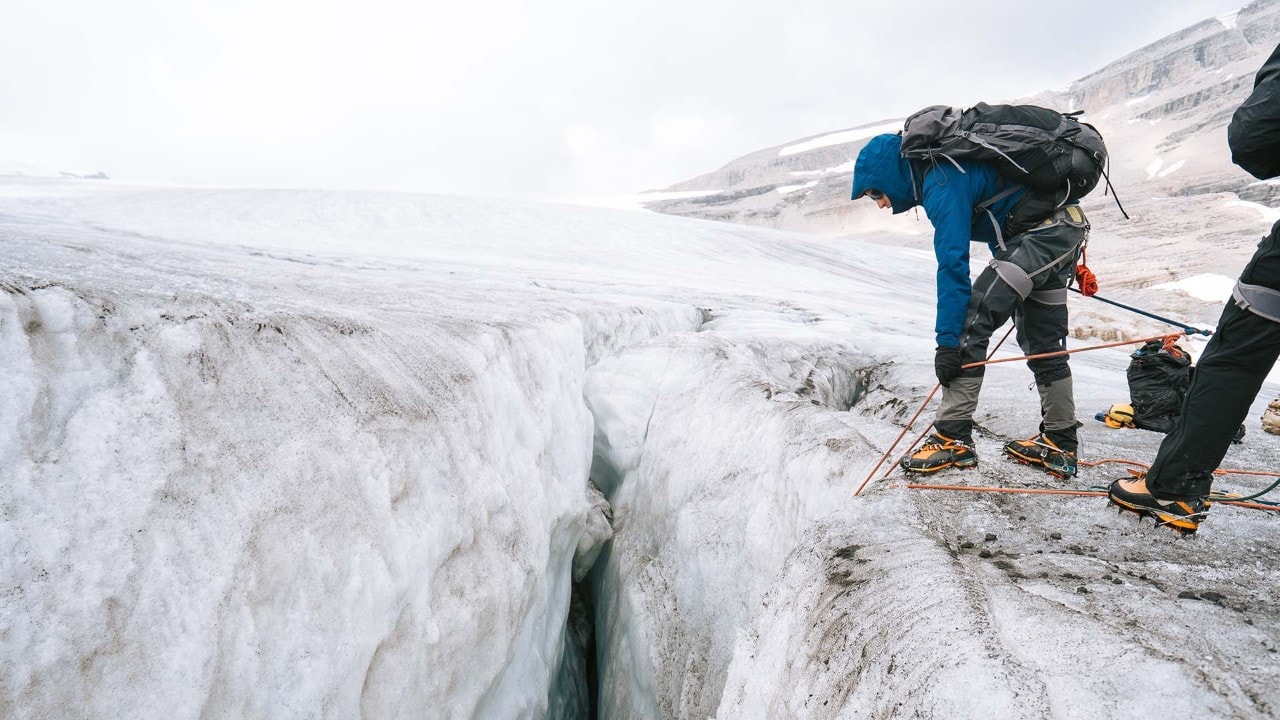
Students practice the Canadian drop loop method for crevasse rescue.
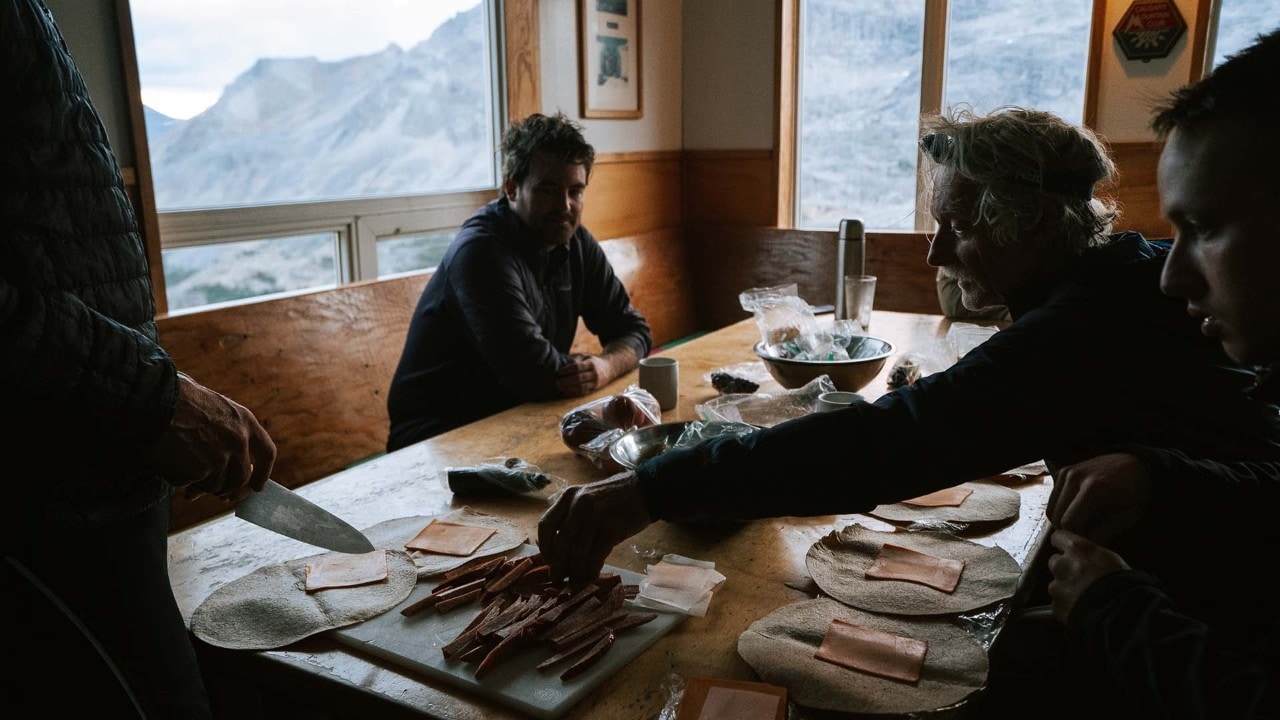
Dave prepares simple meals at Bow Hut.
On our final day, the group votes unanimously to find some larger crevasses to practice more complex rescues. I find myself hanging a good 15 feet down in a crevasse with another student, eating lunch as we wait to be pulled out. Later, while lowering another set of “victims,” a thought hits Tom and he says, “The harness is the only thing with no backup system.”
It’s a statement, not a question. Dave stares at Tom and says, “No. There are lots of ways you can die.” Another student laughs and says, “If there’s anything you take from this course, it’s that.”
Later, as our last evening winds down, Dave suggests that we do some “table bouldering.” The table is swept clean faster than I thought possible and Dave strips off his shirt, puffing his way through a demonstration while the rest of us cheer him on. The challenge of climbing around the table without touching the ground, coupled with not wanting the trip to end, keeps us up later than any night before.
There’s no single reason we choose to climb mountains. Some people seek to stand on summits. Others live for the challenges that climbing brings or the grueling hikes in. Looking around at the mostly shirtless crew, now hanging from the table where we ate all our dinners together, I’m fairly certain that the only definite thing we share is an affinity for Type Two Fun.
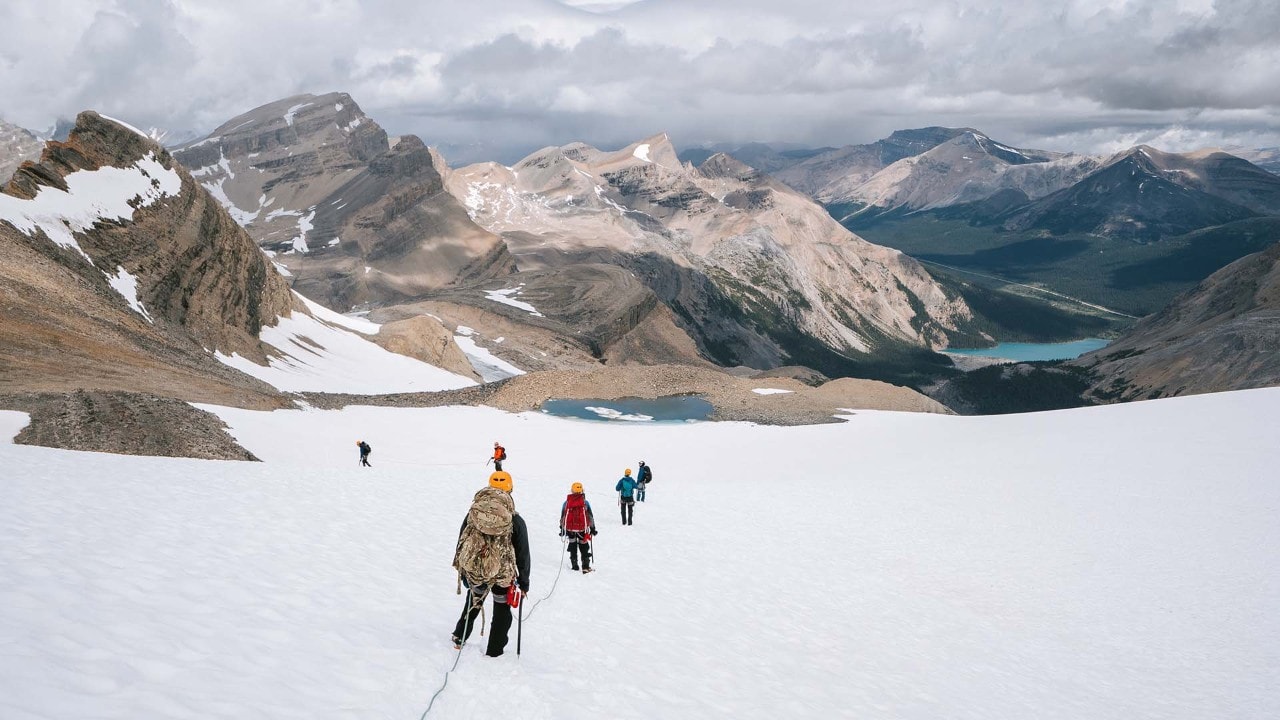
Bow Lake appears in the distance as the group descends.
Related
Read more stories about family adventures.
- A Family Gathers for a Reunion in Georgia
- Family Reunion in South Haven Michigan
- National Park Tradition Renews Family Ties
- Genealogy Travel and Research
- Weekend Getaway to Lincoln, New Hampshire
- Things to do in South Haven, MI
- Road Trip to Colorado Mountains Fourteeners
- Grand Canyon Hike
- Rocky Mountain National Park Snowshoeing
- Majestic Mountain Loop Family Fun
- Top 4 Beaches in Michigan for Your Next Trip
- Weekend Getaway to St. Louis, Missouri
- Soul Food Road Trip Through Georgia

